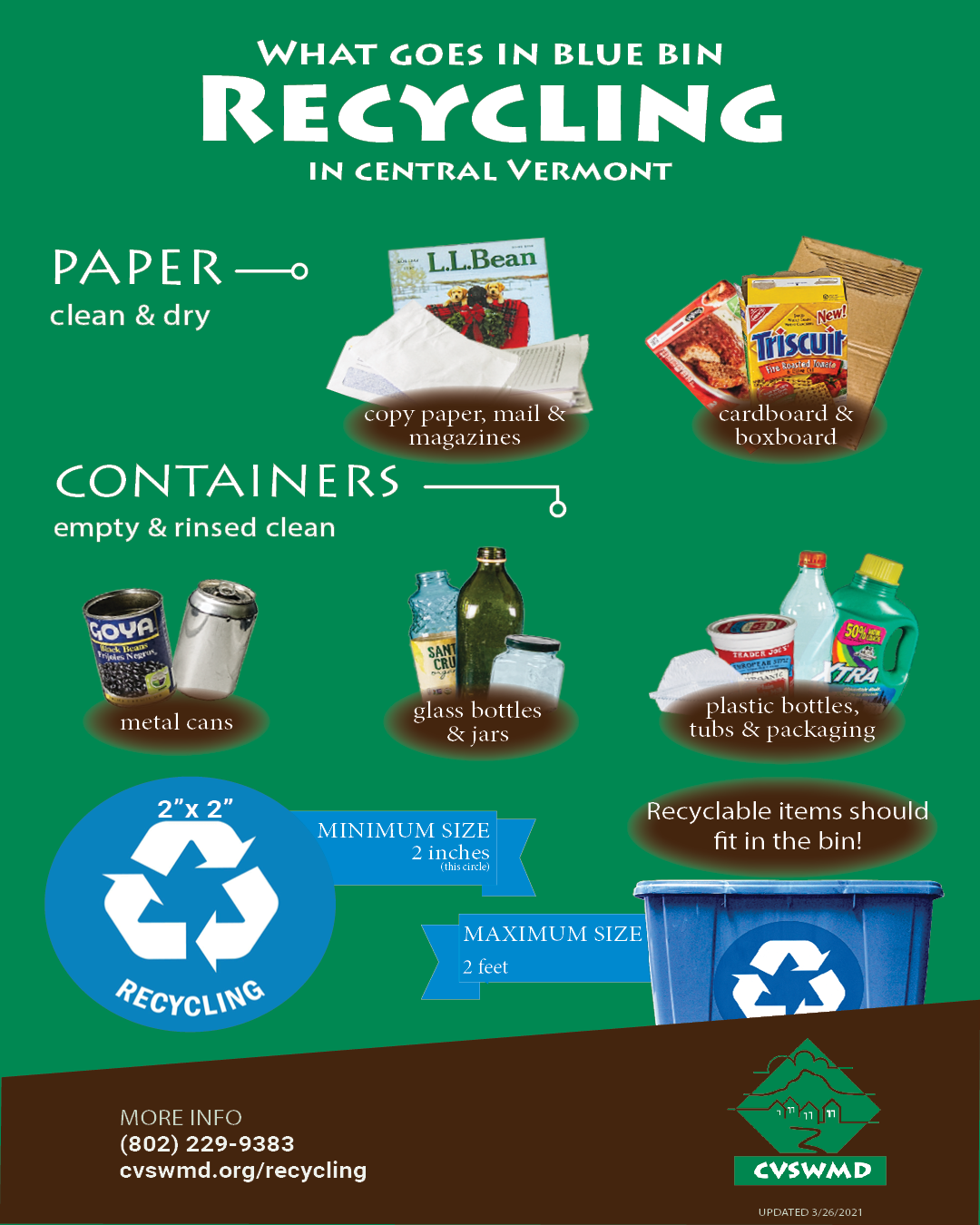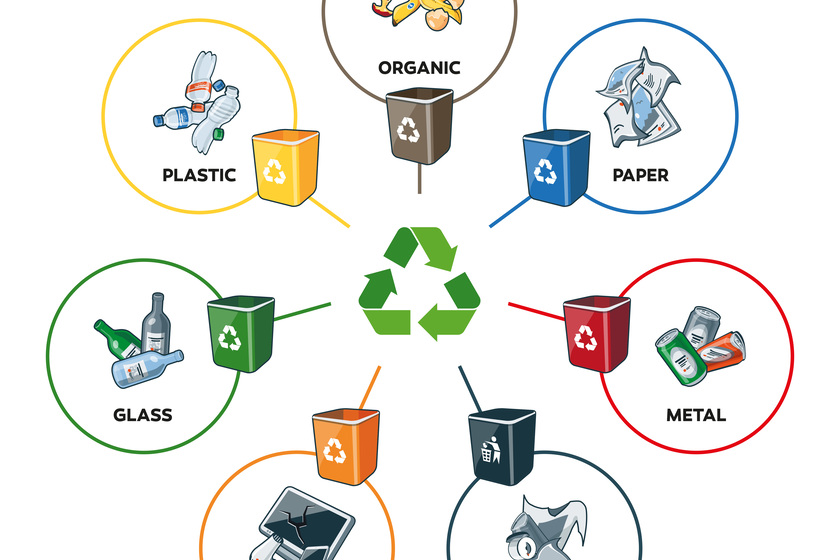Recycling Lives Services: Transforming Waste into Valuable Resources
Recycling Lives Services: Transforming Waste into Valuable Resources
Blog Article
Exploring Different Kinds Of Waste in Modern Waste Management Systems
The contemporary landscape of waste monitoring entails browsing an intricate array of waste types, each needing specialized handling and disposal approaches to alleviate ecological impacts. Community solid waste, dangerous waste, electronic waste, and natural waste each existing distinct obstacles and possibilities for source recuperation. Cutting-edge services such as clever waste containers and waste-to-energy technologies are becoming important devices in enhancing efficiency and sustainability. Understanding these waste types is necessary for fostering public awareness and encouraging energetic engagement in sustainable techniques. What approaches can properly resolve these diverse kinds of waste while advertising a round economic situation?
Local Solid Waste
Metropolitan strong waste, often referred to as family trash or waste, includes a variety of discarded materials generated by property, business, and institutional resources within a community. This waste stream normally consists of things such as product packaging, food scraps, backyard trimmings, paper, plastics, fabrics, and thrown out home products. The monitoring of local strong waste is a crucial part of metropolitan preparation and public health, necessitating efficient collection, transportation, and disposal systems.
Efficient waste monitoring systems are made to minimize ecological influence while making best use of resource recovery. Composting organic waste, such as food scraps and backyard trimmings, not just reduces landfill usage however also produces valuable soil amendments.
Communities must also address the financial and logistical difficulties linked with waste management. Implementing pay-as-you-throw systems, enhancing public awareness, and purchasing technology can substantially enhance waste diversion prices. By incorporating these methods, districts can foster sustainable areas, lower greenhouse gas exhausts, and preserve natural resources.
Contaminated Materials

Efficient contaminated materials monitoring involves a number of critical steps: identification, segregation, therapy, and disposal. Identification requires the category of waste based upon its hazardous homes. Partition makes certain that dangerous products are saved separately from non-hazardous waste to avoid cross-contamination. Therapy approaches, such as chemical neutralization, incineration, and stabilization, are utilized to minimize the toxicity, quantity, or wheelchair of the waste. Ultimately, disposal choices, consisting of safe garbage dumps and below ground storage space, are chosen to ensure long-lasting control.
Regulatory frameworks, such as the Resource Conservation and Recovery Act (RCRA) in the USA, give guidelines and requirements for contaminated materials management. Adherence to these regulations, paired with developments in waste treatment innovations, is crucial in minimizing the dangers connected with hazardous waste.
Digital Waste
Digital waste, frequently referred to as e-waste, stands for a swiftly expanding challenge in waste monitoring systems around the world. This sort of waste encompasses thrown out electronic tools and devices such as smartphones, computers, televisions, and various other electronic devices. The fast rate of technical improvement, coupled with lowering product lifespans and customer demand for the newest tools, has actually exponentially raised the volume of e-waste created every year.
E-waste is particularly problematic because of its intricate structure, frequently having unsafe compounds like cadmium, mercury, and lead, which present substantial environmental and health threats if not effectively managed. On the other hand, e-waste additionally includes beneficial materials such as copper, silver, and gold, which can be recovered and reused. The dual nature of e-waste-- both valuable and hazardous-- requires specialized handling, reusing, and disposal procedures.
Reliable e-waste management involves rigid regulatory frameworks, robust collection systems, and advanced recycling modern technologies. Public understanding and involvement are crucial, as improper disposal practices, such as prohibited disposing and informal recycling, intensify environmental contamination and carcinogen. As a result, improving e-waste administration methods is important for alleviating ecological impact and recouping beneficial sources in an increasingly digital globe.

Organic Waste
Organic waste, consisting of cooking area scraps, yard trimmings, and agricultural deposits, stands for a substantial part of the Visit This Link worldwide waste stream. investigate this site This type of waste is naturally degradable, meaning it can be broken down by bacteria right into less complex natural compounds. Regardless of its potential for all-natural decay, incorrect management of natural waste can result in damaging ecological effects, consisting of the discharge of greenhouse gases such as methane, which add to climate change.
Reliable management of natural waste is important for reducing these ecological impacts (recycling lives services). Composting is a widely adopted approach, transforming organic waste right into nutrient-rich compost that can boost dirt health and wellness and farming efficiency. In addition, anaerobic food digestion is an emerging innovation that transforms organic waste right into biogas, a renewable energy source, and digestate, which can be utilized as plant food
Municipalities and waste management entities have to carry out robust organic waste collection and therapy programs to make best use of the advantages of these processes. Public education and learning campaigns can also play a pivotal duty in motivating houses and services to separate natural waste from various other types of waste. By prioritizing the monitoring of organic waste, societies can decrease garbage dump use, lower greenhouse gas discharges, and produce beneficial byproducts for agricultural use.

Cutting-edge Waste Monitoring
In the realm of waste management, cutting-edge methods are transforming how cultures manage their refuse, aiming for sustainability and efficiency. One famous development is the application of wise waste containers equipped with sensing units that monitor fill degrees and enhance collection paths.
One more remarkable advancement is the adoption of waste-to-energy (WtE) modern technologies. By transforming non-recyclable waste right into functional power through processes such as incineration and anaerobic digestion, WtE reduces land fill worry and supplies a sustainable power source. Additionally, developments in chemical recycling enable the break down of complex plastics into their initial monomers, enabling the production of new, high-quality plastic items.
Moreover, the round economic climate version is acquiring grip, emphasizing the layout of products and systems that focus on reusability and pop over to this web-site source effectiveness. This all natural approach urges markets to decrease waste generation from the outset. With these cutting-edge techniques, modern waste monitoring systems are not only addressing the instant difficulties of garbage disposal yet likewise leading the means for a more sustainable future.
Verdict
An extensive understanding of metropolitan strong waste, hazardous waste, electronic waste, and organic waste, paired with the implementation of ingenious waste monitoring remedies, is critical for reducing ecological impacts. Integrating innovations such as wise waste containers and waste-to-energy systems can boost performance and sustainability. Effective waste administration methods not just foster source recuperation but likewise advertise public understanding and engagement, ultimately adding to the advancement of a round economic situation.
The modern landscape of waste monitoring entails browsing a complex variety of waste kinds, each needing specialized handling and disposal techniques to reduce environmental effects. Metropolitan strong waste, harmful waste, digital waste, and organic waste each present distinctive challenges and possibilities for source healing.Electronic waste, typically referred to as e-waste, stands for a rapidly expanding obstacle in waste management systems worldwide. Via these cutting-edge methods, contemporary waste management systems are not only resolving the instant challenges of waste disposal yet additionally paving the method for a more lasting future.
A detailed understanding of community solid waste, hazardous waste, digital waste, and organic waste, coupled with the execution of ingenious waste management remedies, is vital for alleviating environmental influences. (recycling lives services)
Report this page